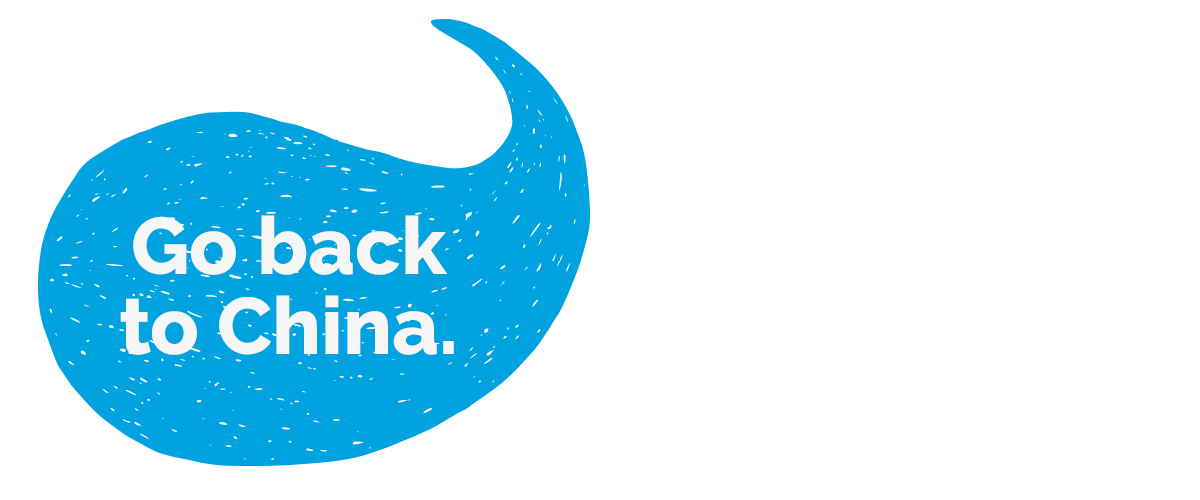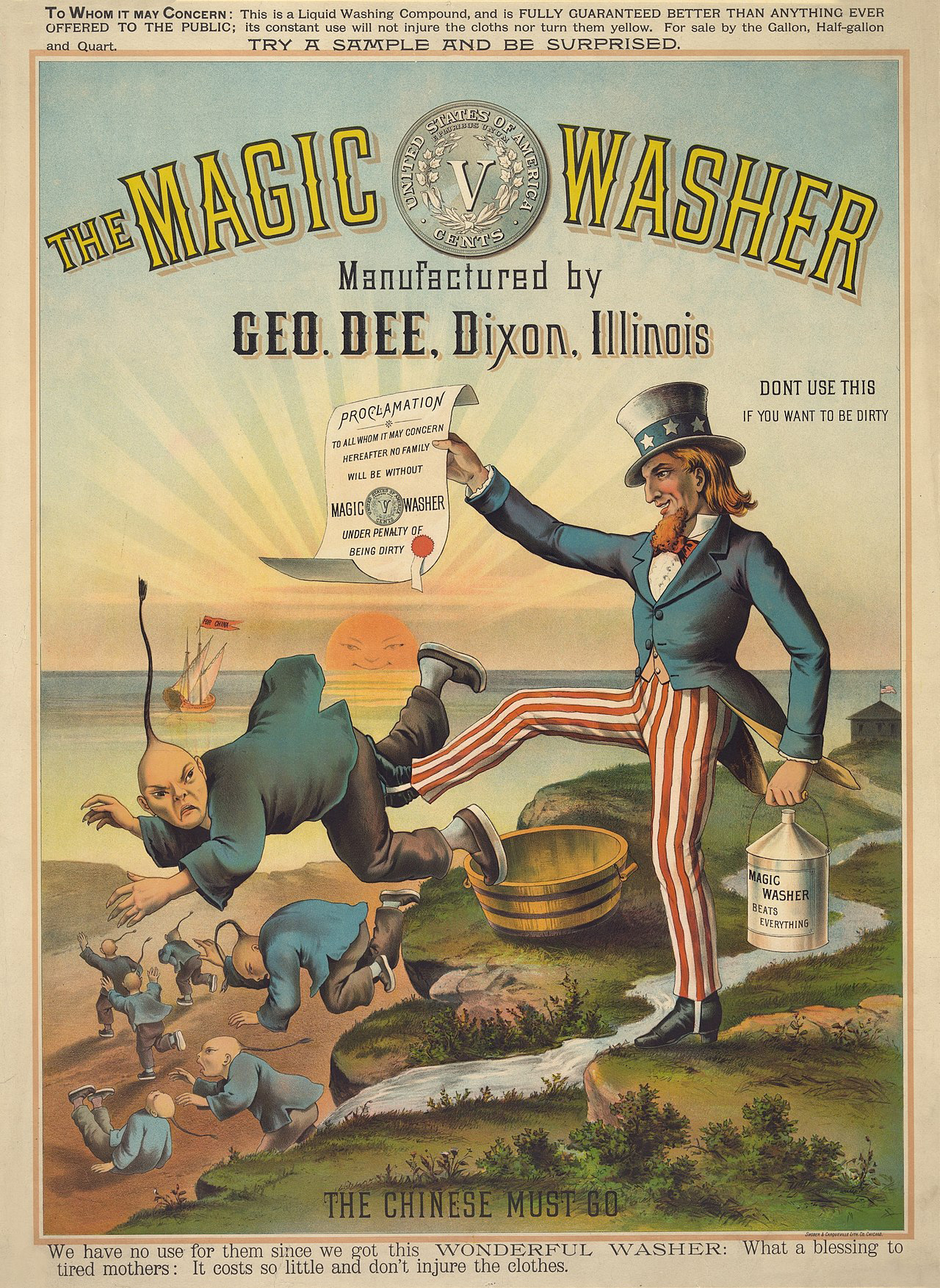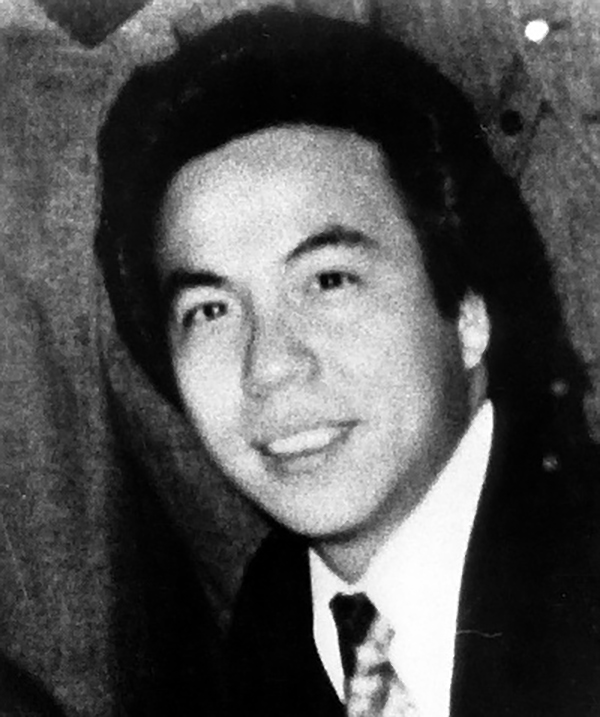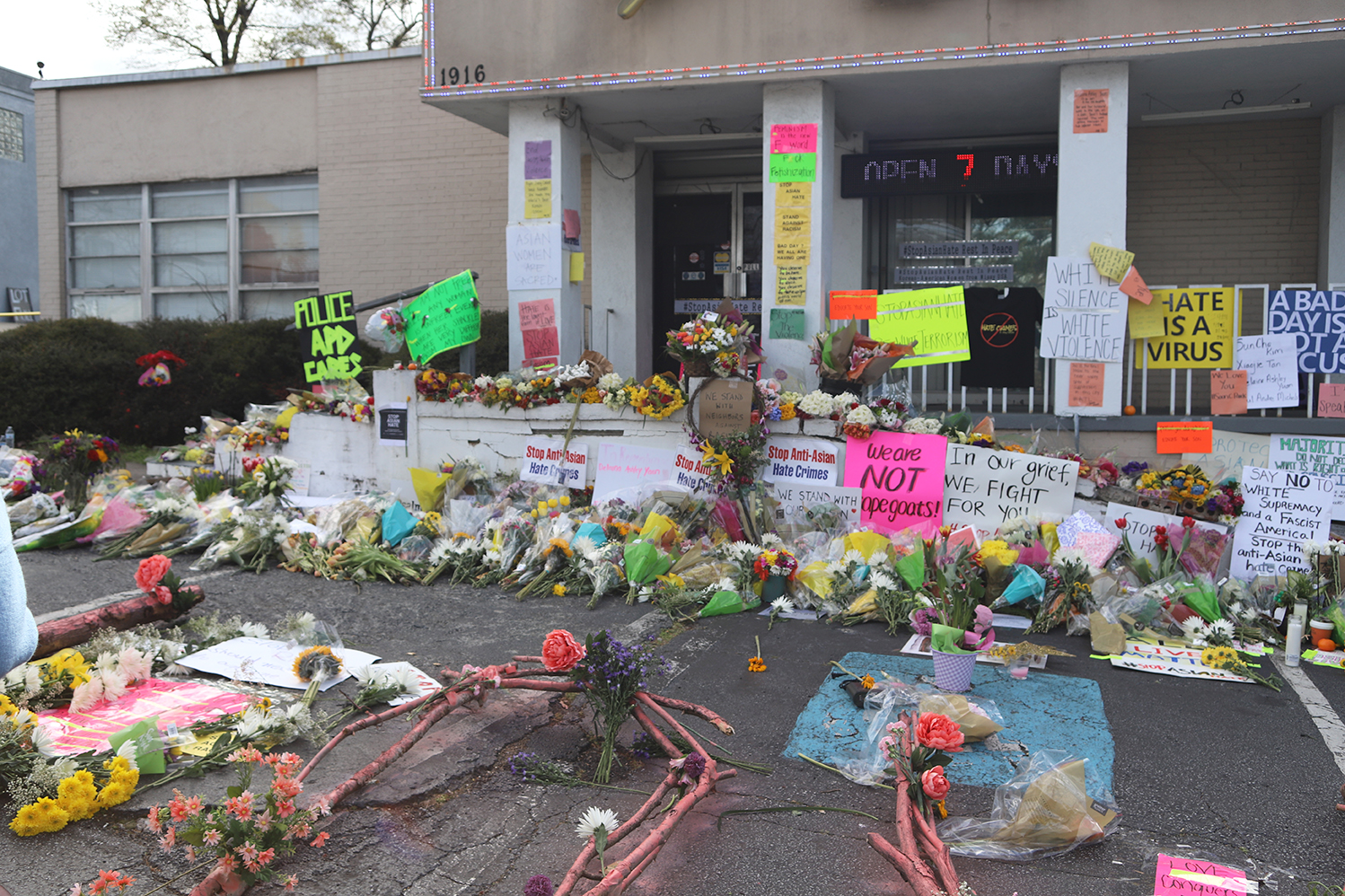‘Death by a Thousand Cuts’: The Impact of Microaggressions on the AAPI Community
Psychiatrist Dr. Warren Ng discusses the historical roots of microaggressions, how they can lead to physical assaults, and the mental health toll they take on Asian Americans.

There’s been a tragic surge in anti-Asian sentiment across the United States since the start of the COVID-19 pandemic. Hate crimes against Asian Americans and Pacific Islanders (AAPI) in major cities across the nation have increased 169% in the first quarter of 2021 over the same period in 2020, according to a recent analysis by the Center for the Study of Hate and Extremism at California State University, San Bernardino. And a new report by Stop AAPI Hate, an online reporting tool established to track these cases, revealed that an estimated 6,603 hate incidents — categorized as verbal harassment, physical assault, civil rights violations, and online harassment — have been reported to the center between March 19, 2020, and March 31, 2021. While these incidents have gotten more media attention of late, the AAPI community has long experienced violent macroaggressions as well as microaggressions, which may not even seem malicious but are harmful and get internalized nonetheless.
Derald Wing Sue, M.S., Ph.D., a professor of psychology and education at Teachers College, Columbia University, whose books and research have focused on race, defines microaggressions as slights and invalidations that people of color experience in their day-to-day interactions with well-intentioned individuals. Microaggressions aimed at AAPIs (such as asking “Where are you really from?” or commenting “You speak English so well.”) are largely manifestations of harmful stereotypes that consistently view Asian Americans as perpetual foreigners, the model minority, and the yellow peril — the belief that Asians (particularly East Asians) pose a danger to Western values, power, and culture.
“Microaggressions are really meant to make people feel like lesser human beings,” says Dr. Warren Ng, medical director of outpatient health at NewYork-Presbyterian/Columbia University Irving Medical Center and director of clinical services for the Division of Child and Adolescent Psychiatry at NewYork-Presbyterian Morgan Stanley Children’s Hospital. “There’s another term for microaggressions: Death by a thousand cuts. I think that description really does speak to the cumulative effects.”
Indeed, studies have shown that microaggressions can increase stress levels, negatively affect self-esteem and psychological well-being, and create and perpetuate systemic inequities in education, the workplace, and health care.
Health Matters spoke to Dr. Ng about the history of microaggressions aimed at Asian Americans, the stereotypes from which they stem, and how experiencing them over time can affect health and well-being.
How has the history of discrimination against Asian Americans led to the microaggressions AAPIs continue to face?

A 19th century advertisement for The George Dee Magic Washing Machine Company shows Uncle Sam kicking caricatures of Chinese workers with the caption “The Chinese Must Go,” a reference to the 1882 Chinese Exclusion Act. Credit: Library of Congress
From the Asian American perspective, I think the yellow peril stereotype is at the root of it all. Yellow peril was legitimized through our federal government with the passage of the Chinese Exclusion Act of 1882 (which restricted all Chinese people from immigrating to the U.S.). There was the idea that Asians were taking away opportunities. So, how do you keep people in their place? By taking away their liberties, their freedoms, their rights, their families.
Then going to the internment of Japanese Americans during World War II; to the 1982 murder of Vincent Chin, a Chinese-American engineer who was targeted by white autoworkers blaming him for the Japanese taking manufacturing jobs, in Detroit; to post-9/11 and the scapegoating of Muslim Americans and the Sikh community. History continues to repeat itself, and yellow peril is very much alive and well today. Underneath it all is the specter of white supremacy and the idea that if you look different, you don’t belong. You have a lot of Asian Americans who grew up and were born here and only think of themselves as American. However, just based on how they appear to others, they experience microaggressions and discrimination due to this long history of oppression.
A lot of AAPI microaggressions are also born out of the model minority stereotype — the perception that all Asian Americans are successful, smart, and hard workers. Can you explain why these seemingly positive traits can be problematic?

The San Francisco Examiner spreads the news of Japanese American internment camps in 1942. Credit: U.S. National Archives and Records Administration
The model minority myth is part of the white supremacy hierarchy in terms of where Asian Americans can fit in. It was initially attributed to Japanese Americans after World War II, who were seen as more resourceful and self-sufficient, so they didn’t need as much public benefits or assistance compared to other groups. One of the groups that they were pitted against was Black Americans. It creates this dynamic of animosity in which one group may feel the other has more privilege or opportunity — meanwhile, that group is told that opportunity is only granted when they behave and stay within a lane. What is the cost when we don’t work in solidarity to address that? It harms all of us.
The model minority also casts Asian Americans as a monolith. Dr. Sue calls this the ascription of intelligence, where you assign a certain set of competencies based on race that are clearly not correct. As a group, AAPIs have the greatest income gap. Within New York City, a quarter of Asian Americans are living at the level of poverty and are actually less likely to receive benefits or public assistance because of language, culture, immigration, and many of the other barriers that have not been addressed.
Still, it’s a challenge for some AAPI people to understand the double-edged sword of the model minority. People believe it helps you get your foot in the door more easily — but yet it doesn’t necessarily allow access to all the different levels of that organization, especially at the top, for what has been called “bamboo ceilings.”
The model minority myth says that you stay in your place, you do a good job, you work hard, you don’t challenge authority, and you don’t create problems. It’s a trap. It’s that gilded cage.
When people do speak up about microaggressions and their concerns are dismissed, that also creates a harmful cycle. Can you explain gaslighting and the long-term consequences of people self-doubting the legitimacy of their feelings?
Gaslighting is a term that really connotes psychological abuse, where a person or a group is made to question their sanity. It encourages them not to trust themselves, and in many ways, it’s causing them to be disconnected from their own experience — what they feel, what they know to be true, what they value. It definitely leads to a sense of depersonalization for themselves and also a sense of depression, anxiety, and trauma.
When I think about my work as a mental health provider, what we’re really trying to do is to help people integrate their experiences, their thoughts, their behaviors. By gaslighting — trying to tell someone that what they’re experiencing is not real or valued — you’re telling them to ignore a part of themselves and their experiences.
They continue to feel the pain without ever acknowledging that there’s a problem as well as trying to find a solution. It really affects not only mental health, but also self-esteem. It also makes it difficult for that person to seek help for it. All of those things really create a sense of helplessness for that person and dehumanization.
These things are very damaging when it’s repeatedly communicated to someone. It’s so interesting because in the past year—particularly with all of the racial discord and all the anti-Black racism — I’ve heard many AAPIs say that they feel they don’t have a right to feel mistreated because their Black and brown brothers and sisters were being treated so much worse. They almost felt there wasn’t a role or a space to talk about what they were experiencing, even with all the hate rhetoric and the verbal and physical abuse that they were experiencing.
It’s that perspective of “You might have a complaint or an experience but it’s not as bad as someone else’s. Just be grateful.” That really reinforces not only that sense that you don’t matter, but that you’re not important enough and you’re invisible. That’s often a part of the AAPI experience as well, not drawing attention to yourself.

In 1982, Chinese-American Vincent Chin was beaten to death by two white men who blamed him for being Japanese and taking U.S. auto jobs.
COVID-19 has brought both microaggressions and violence to light. How do underlying prejudices lead to overt physical harm?
We’ve felt a universal sense of loss, mourning, and stress during this period of COVID-19. The question is “What do you do with those feelings, and that discomfort, and that difficulty?” You can choose to see it as something that we as a human race are all going through. Or you can try to blame someone for it.
Through scapegoating, you find a target and then dehumanize them, which allows you to remove your emotions and your feelings from your actions, because you almost feel justified.
It’s happened repeatedly throughout history. How does something as little as name calling lead to something like murder? That seems like a big jump. But there’s a pathway to that action and understanding where microaggressions, racism, dehumanization, objectification, stereotyping, and all of those things lead to us distancing ourselves and our humanity from that other person who is a human being. The more that they are not a human being, the more that we’re able to feel that we can do things to them because they’re not the same as you and I.

Mourners leave flowers and signs outside Gold Spa, one of the sites of the mass shooting in Atlanta in March. The gunman killed eight people, six of whom were women of Asian descent. Credit: Jerel Cooper/Shutterstock.com
What’s the toll that witnessing these hate crimes can take on a person’s mental health?
There’s a lot of secondary trauma related to experiencing that as an AAPI as they’re witnessing and imagining their loved ones, the elderly, and the most vulnerable within their communities being victims of these senseless acts. Many are triggered and reminded of their own experiences of personal trauma or discrimination that they had put away in their minds.
Many folks are experiencing a loss of a sense of safety and security. People are afraid to leave their homes and afraid to do things they would otherwise do, which is not only a restriction of their freedom, but also a limitation on their ability to experience joy and to live the life that they want to live.
There is a road to violence, and it is lined by what doesn’t appear violent. People who haven’t experienced microaggressions may minimize these words and statements by saying they are innocuous, but over time, underlying prejudices can lead to something much worse. As an ally, you have the power to be transformative, responsible, and mindful and not contribute to reinforcing stereotypes. Wrestling with the hard questions and the harder answers is the only way we’re going to get to a better collective humanity.
I am inspired by the wise words of Dr. Martin Luther King: “Injustice anywhere is a threat to justice everywhere. We are caught in an inescapable network of mutuality, tied in a single garment of destiny. Whatever affects one directly, affects all indirectly.”
How To Be an Ally: Dr. Warren Ng Shares 10 Ways a Non-AAPI Person Can Champion Justice and Help Combat Microaggressions
- Do the work by reading about the history of racism and microaggressions.
- Reach out and listen to the experiences of people of color or marginalized groups.
- Get comfortable being uncomfortable because that is a sign that you are doing the work. Accepting the status quo can trap you into being a part of discriminatory systems.
- Practice compassion for yourself because a lot of the work will be making mistakes and continuing to learn new skills of allyship — and unlearning behaviors that perpetuate microaggressions.
- Work to change perceptions by acknowledging your own implicit bias and where you may lack awareness.
- Work to change behaviors and speak up in your own circles when you hear microaggressions or derogatory language.
- Join inclusion groups to get out of an echo chamber. Surround yourself with people who share different life experiences and who can also learn from yours.
- Take a course in bystander training so you’re better equipped to respond to racist incidents. The Hollaback! training encourages the use of the 5 Ds: distract, delegate, delay, direct, and document. The information can be found here.
- Sponsor members of marginalized groups who are underrepresented. This may be supporting an AAPI peer or co-worker and advocating for them to reach management or senior levels — positions that are often limited to people of the majority race.
- Read the Guide to Allyship.
